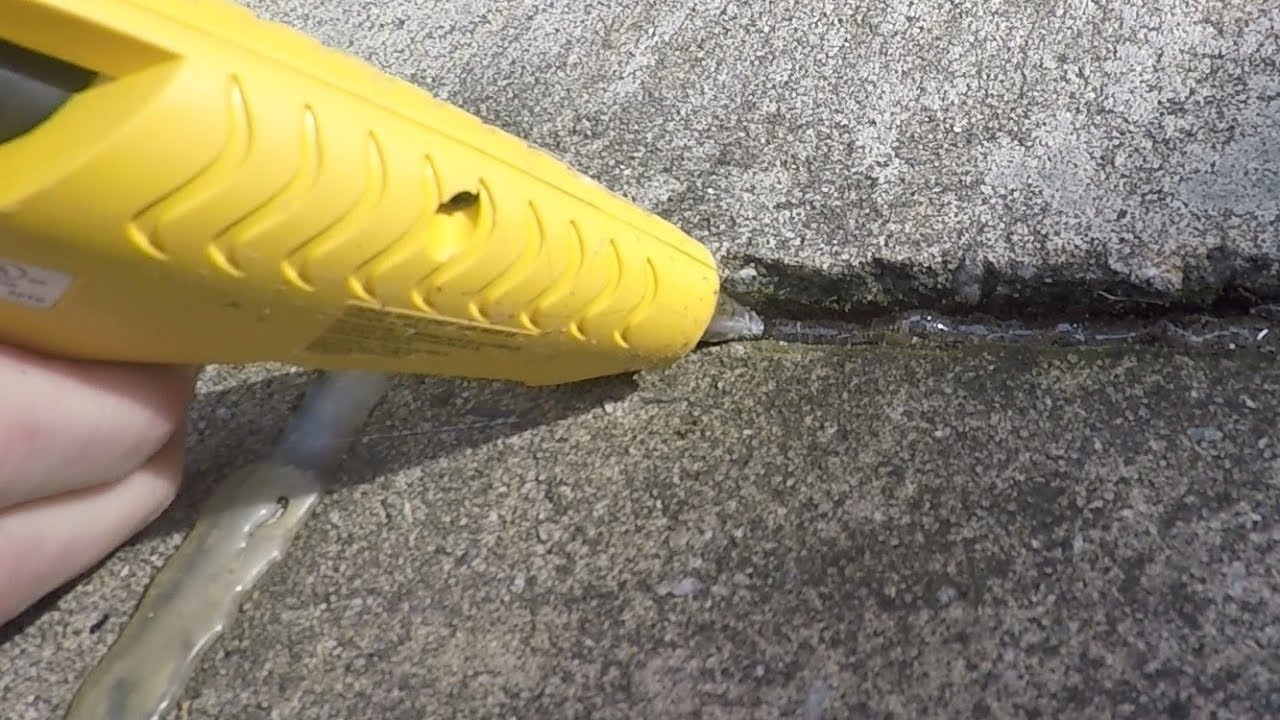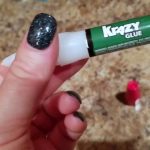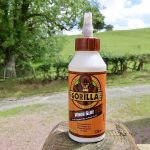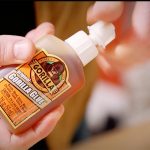One of the easiest ways to glue metal to concrete is through the use of epoxy.
Since the surface on to which you’re applying epoxy is flat, it’ssimple to wire up a few metal objects, such as a chandelier. So, how do you glue metal to concrete?
It’s actually pretty easy if you use epoxy! Choose a strong epoxy that’s rated for outdoor use, and apply it to the metal parts you want to attach using a brush or roller.
Make sure to apply it evenly so that the epoxy will bind the metal to the concrete. Let the epoxy dry completely, and your job is done!
How To Glue Metal To Concrete
Contents
Metal and concrete may seem to be an odd marriage when it comes to construction, but the combination of the two materials is actually quite common.
The most prevalent use of the two materials is in the form of rebar and wire mesh that are embedded into concrete in order to reinforce the structure.
As long as these adhesives are bonded to the surface of the concrete, they should remain firmly in place for a number of years.
This article will walk you through the steps to glue metal to concrete, and will help you ensure that you have a strong and long lasting bond.
Preparations
Working in a well-ventilated location or workshop is recommended for this procedure due to the toxic chemicals required for the bonding process.
Cover up furniture that you don’t want to stain with plastic, or cover the floor with an old sheet to catch any spilled material.
Examine and test the bonding surface for any loose material or chips before applying the epoxy.
Remove any shards or debris from the area using wire or sandpaper.
Clean the Metal
Clean and dry the metal before you apply the epoxy.
With a cloth, remove any dust, dirt or grease from the surface of the metal.
Smooth surfaces may be scuffed lightly with a metal file to remove any burrs or sharp edges that may cause the epoxy to bead up or become contaminated before it harden.
Use the Metal Glue
When applying epoxies or urethanes, it is best to apply them when the temperature is between 50 and 90 degrees Fahrenheit and when the relative humidity is between 30 – 60.
This tool is used professionally by H&S for applying bulk amounts of epoxy to concrete surfaces for bonding purposes.
A normal trowel features a broad handle with a spatula-like blade that is used for spreading bulk amounts of material over a larger surface area.
Before joining the metal, indicate the surface to be bonded on the concrete with a marking pencil or spray-on liquid application to ensure a straight line of adhesive application.
Then, using a hammer and metal chisel, make a hole approximately the size of the fastener in the concrete where the fastener will be mounted.
The hole should be somewhat larger than the fastener, but should fit snugly over it once the adhesive has been applied.
This will enable the metal to be bonded directly to the concrete surface, eliminating the need for fasteners.
Before gluing, wash the adhesive off your hands and any tools used to prevent contamination of the adhesive with oils and dirt that may prevent the epoxy from forming a complete.
Then, flush any leftover dust from within the hole with a wet rag or hose to remove debris and prevent clogging of the hole with dust.
Join the pieces
Position the parts and push firmly together.
Leave sections alone for 10 to 20 minutes to allow the bond to set and harden.
Which Glue Is Best For Bonding Metal To Concrete?
Silicone Adhesives
Silicone adhesives are excellent for gluing metal to concrete in outdoor applications.
Silicone is also pliable and elastic, which allows it to move with the metal without cracking or breaking.
Because silicone can be removed with heat, the siliconeized metal can be cut with a razor knife if necessary.
The majority of silicone adhesives contain an ultraviolet (UV) inhibitor to prevent fading and hardening of the adhesive in direct sunlight.
Urethanes
Urethanes provide the benefits of both the polyurethane and silicone adhesives.
Because urethanes are also UV resistant, they will prevent the glue from hardening in the sun or on hot days.
A two-part adhesive that cures with exposure to air and moisture, urethanes are easily applied and can form a strong bond in a short amount of time, making it ideal for bonding.
Epoxy
Epoxy adhesives are high-performance adhesives that are often used in industrial or industrial applications that require high tensile strength.
In other cases, such as handrails, table legs, or stair treads, epoxy is the adhesive of choice for its strength, flexibility, and durability.
Epoxies are classified into two varieties based on curing times: fast-curing and conventional epoxy.
They are also UV resistant and will help to prevent the glue from hardening in direct sunlight.
Loctite Epoxy Metal/Concrete, a two-part solution consisting primarily of epoxy resins along with hardeners and other additives, is a very strong epoxy that can form a strong bond in a short amount of time.
The glue and hardener are mixed to form a strong, flexible bond that is capable of withstanding high amounts of force without any signs of damage.
Things To Consider Before Bonding Metal To Concrete
Before beginning any job, ensure adequate ventilation and protect yourself from any harmful or caustic chemicals in the area.
Gloves, glasses, and a mask will aid in keeping you safe during the bonding process.
Because epoxies and urethanes may be harmful to your skin and eyes, it is crucial to follow the instructions on any material label and in the product manual carefully.
Respiratory protection may also be required to avoid inhaling any harmful fumes that result.






